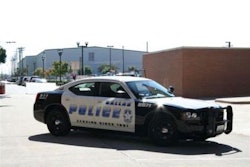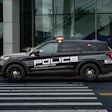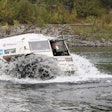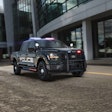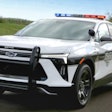A police pilot's failure to maintain altitude caused the crash of a Maryland State Police helicopter in 2008, the National Transportation Safety Board has determined.
The crash occurred, after "the pilot's attempt to regain visual conditions by performing a rapid descent and his failure to arrest the descent at the minimum descent altitude during a non-precision approach," according to the agency.
On Sept. 27, 2008, the Eurocopter N92MD, which was used for public medical evacuation (medevac) flights, crashed in District Heights, Md., while heading toward Andrews Air Force Base.
The pilot, one flight paramedic, one field provider, and one of two automobile accident patients being transported were killed. The other patient being transported survived with serious injuries from the helicopter accident and was taken to a local hospital.
The NTSB found that the pilot failed to adhere to instrument approach procedures when he did not prevent the helicopter's descent. The flight had been cleared for an instrument-landing approach. After the initial call to the base's tower, the pilot reported that he could not capture the glideslope and was on a localizer approach.
Furthermore, the board concluded that although the descent rate and altitude information were readily available through cockpit instruments which the pilot had access to, he likely became preoccupied with looking for the ground, which he could not identify before impact because of the lack of external visual cues.
Several contributing factors to the cause of the accident, the board noted, were the pilot's limited recent instrument flight experience, lack of adherence to effective risk management procedures by the Maryland State Police, the pilot's inadequate assessment of the weather, which led to his decision to accept the flight, the failure of the Potomac Consolidated Terminal Radar Approach Control (PCT) controller to provide the current base weather conditions to the pilot, and the increased workload on the pilot due to inadequate Federal Aviation Administration air traffic control handling by the Ronald Reagan National Airport Tower and PCT controllers.
Read the full NTSB press release.





